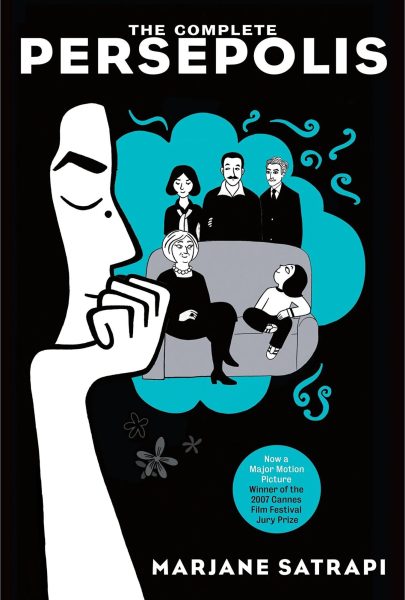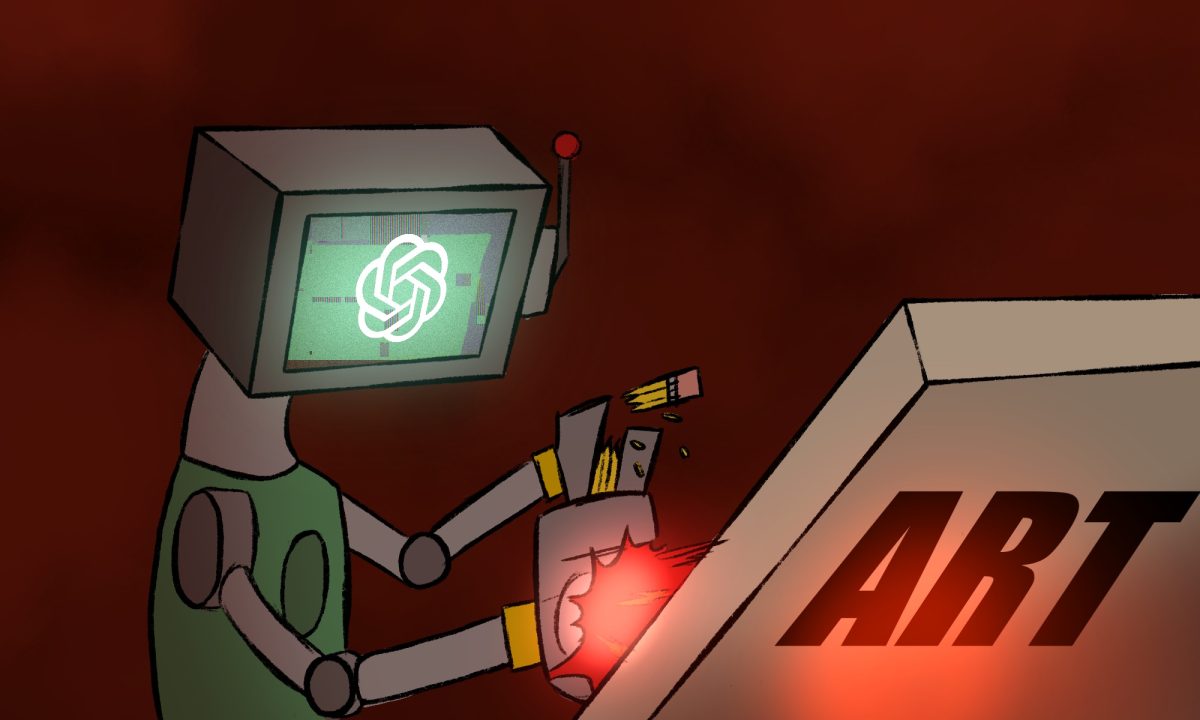In today’s political climate, uncertainty is the rule. For anyone other than an able-bodied, white, Christian, heterosexual, cisgender man, the threat of waking up one day to find that one has lost their civil rights is very real. Isolation and fear abound in this increasingly hostile world. But, fortunately — or unfortunately, depending on how one looks at it — we are not alone. People have survived under fascist rule for millenia, and “Persepolis” by Marjane Satrapi tells the story of one such person in an entertaining and deeply relatable manner.

Random House Publishing
“Persepolis” is an autobiographical memoir written as a graphic novel, sharing the author’s experience of growing up during the Iranian Revolution and the Iran-Iraq War. Satrapi describes the spread of Islamic Fundamentalism, government propaganda, extreme nationalism and the eventual indoctrination of the Iranian people, all while simultaneously celebrating Persia’s nearly 5,000 year history.
Iran was known traditionally as Persia, and though the culture remained the same, the country itself, according to an article by Sarah Roller for History Hit, was renamed Iran in 1935. This connection to the ancient “glory days” of Persia’s power is evident throughout the book, including its title.
Today, as per the UNESCO World Heritage Centre, it is an important archaeological site, founded in the 600s B.C.E., on which the capital city of Ancient Persia, called Persepolis (or Parsa, depending on who you ask) once stood. Luckily, this book lived up to the grandiosity of its name!
Following the novel’s success after its publishing in 2002, “Persepolis” was adapted into a critically acclaimed film released in 2007. The film version reached new heights of fame when it was awarded the “Jury Prize” at the 2007 Cannes Film Festival and was also nominated for an Academy Award the same year. The film’s overall popularity can be attributed to the degree in which audiences were able to resonate with its tale. Most people cannot directly relate to growing up in a war zone, but this gap is rendered unnoticeable by the rich detail with which the story is woven. For example, the author and her friends go to school, listen to punk music and exchange fashion magazines, just like young adults everywhere else.
Satrapi’s story is a study in contradictions, juggling one’s love for their people and homeland with their horrified disapproval of its actions. Charming, relatable childhood anecdotes against a backdrop of constant, needless slaughter fill the pages. Feelings of nostalgia versus grieving what might have been haunt the reader. Perhaps this is why it seems so important for today’s readers to hear Satrapi’s message. People are living in a time of uncomfortable yet similar contradictions, leaving many occupying an unpleasant position. How does a citizen reconcile feelings of patriotism while being afraid of what the government is capable of? These concepts cannot coexist and yet, in so many, they do. “Persepolis” explores this position, trying to find a comfortable medium. Whether or not Satrapi succeeds is up to the reader.













